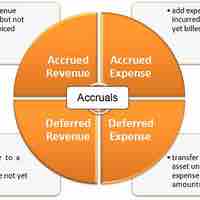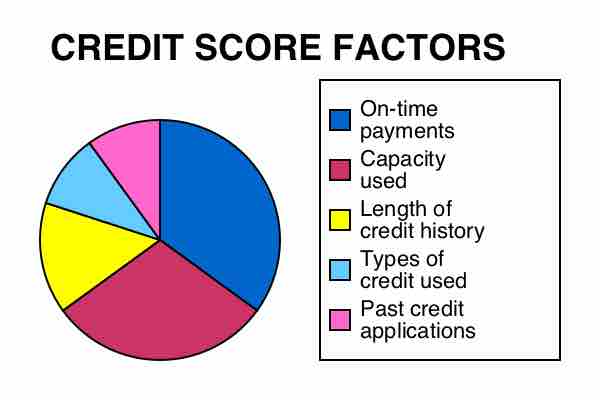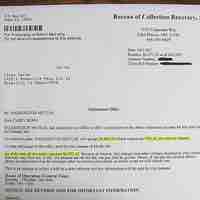Section 4
Accounts Receivable
Book
Version 3
By Boundless
By Boundless
Boundless Finance
Finance
by Boundless
4 concepts

Defining Accounts Receivable
Accounts receivable represents money owed by entities to the firm on the sale of products or services on credit.

Setting a Credit Policy
To establish a credit policy, a company must establish credit standards, credit terms, and a collection policy.

Terms of Trade
Terms of trade credit include the amount of time allowable for payment to be received, including any potential discounts.

Collecting Receivables
Companies use different methods to collect their outstanding receivables, like sending out reminders or employing a collection agency.